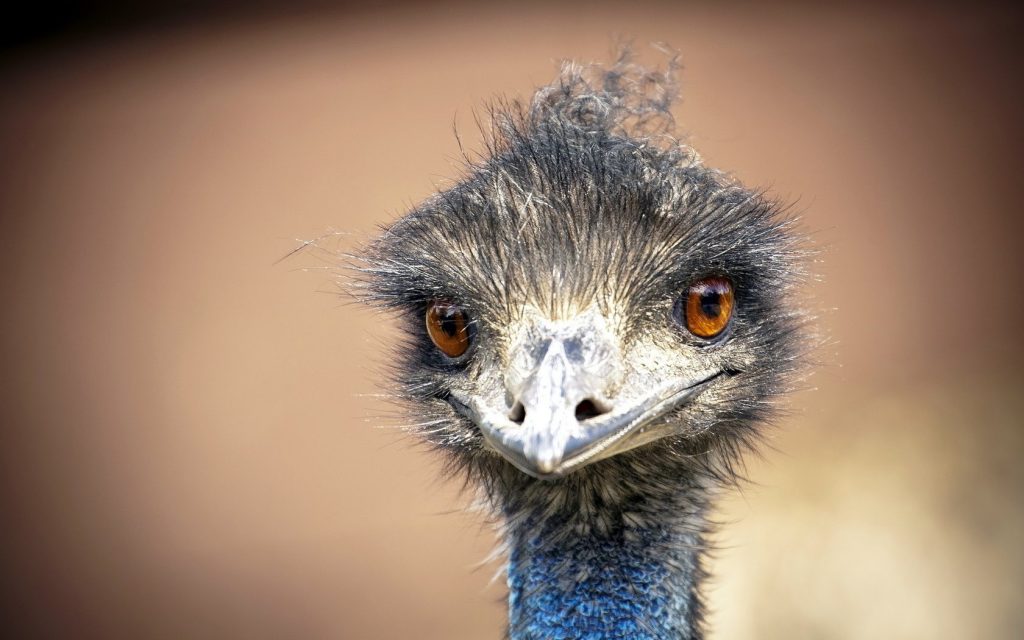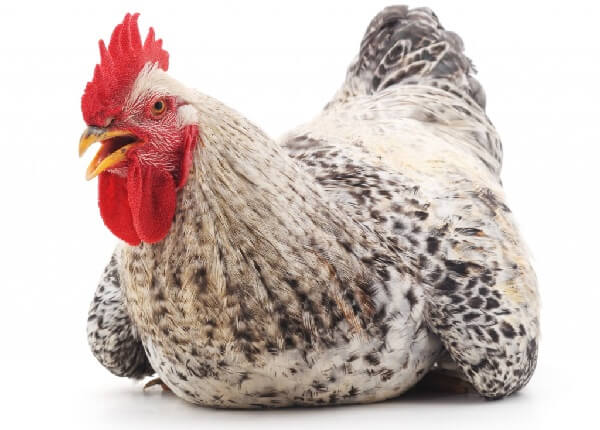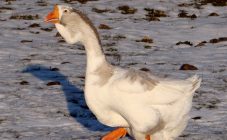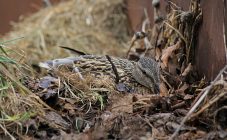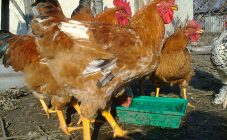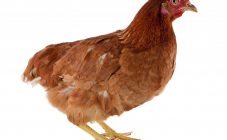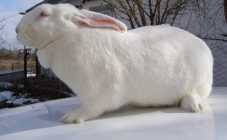The Emu is the largest bird in Australia, although they can also be found on Russian farms. In terms of parameters, birds rank second in the world among birds. Animals are ranked among the Casuarovs, so these animals can be called ostriches conditionally.
Description of the breed
The first mentions of the Emu ostrich in the 16th century reports, which were compiled by European researchers. The name of the ostrich, translated from Arabic and Portuguese, means "big bird". Currently, on the mainland, you can find 3 subspecies of these inhabitants:
- Dromaius novaehollandiae woodwardi.
- Dromaius novaehollandiae novaehollandiae.
- Dromaius novaehollandiae rothschildi.
Compared to other birds, the Emu is distinguished by its considerable size. Individuals grow to a height of about 180 cm and weigh an average of about 60 kg. Emus are distinguished by their dense build and relatively small head, which is located on a long neck. These birds have no teeth, the beak is distinguished by a bizarrely curved end and a pink tint. The eyes are round. Emu's limbs are very developed. The wings, on the contrary, are underdeveloped and reach about 25 centimeters in length, so the animals are unable to fly.
Thanks to the developed limbs, the birds run quickly and, when running a short distance, they can reach speeds of up to 50 km / h. Another feature of these birds is that they swim well and are able to swim across a river with a slow current.
Another distinction of Emu is good hearing and vision. This feature helps the birds to avoid dangers, since they are able to notice the enemy from several hundred meters away. Individuals never stray into flocks and mostly walk alone. The exception is periods of wandering and searching for food. They contact each other, making loud abrupt sounds. Individuals sleep for about seven hours, preferring to fall asleep at sunset, comfortably sitting on their paws. When keeping ostriches on farms, there are no special problems, since birds easily and quickly get used to people. Many farmers raise these birds solely for their valuable fat. Emu ostrich fat is widely used in cosmetology and medicine.
Emu can only be distinguished by sex by behavior. In the mating season, males make characteristic sounds, which they call on the representatives of the opposite sex to mate.
Habitat
Ostriches live in the natural environment in Australia. Most often they can be found in the fields, as well as in the places of deforestation. These individuals do not like to live in noisy and densely populated areas. You can also meet Ema on the island of Tasmania, where they live in thickets of bushes, as well as grassy savannas.
Emus are rightfully considered centenarians, as they live up to 20 years on average. Unfortunately, there are situations when these birds die much earlier. This mainly happens as a result of meeting with enemies.
Features of the content
The Australian ostrich is a bird adapted to keeping in various climatic conditions. But, despite this, during the incubation period, it is required to maintain the temperature in the room at least +13 degrees.If this period coincided with the summer, then in this case additional heating is not required. It is necessary to build a separate pen with a canopy where the animals could hide from the sun.
If it is planned to keep ostriches in stalls, then each individual must be provided with at least 10 square meters of free space, and about 5 square meters will be enough for juveniles.
When breeding and keeping these birds, one should take into account the fact that in the wild they prefer to eat plant foods. In artificial conditions, it is best to feed Emu:
- special compound feed;
- bread;
- grass or hay, depending on the season;
- fish and meat and bone meal;
- grain;
- vegetables;
- root crops.
It is necessary to feed the animals in moderation, otherwise they will actively grow, which will eventually lead to deformation and curvature of the limbs.
Breeding and reproduction
By the age of two, Emus reach puberty and begin to lay eggs. In the wild, the mating season for animals begins in the month of December, but in conditions of artificial maintenance, mating games are transferred to spring. During mating, males try to attract the attention of a large number of females. After this, an alternate ritual is performed with all the representatives of the opposite sex.
After the females lay eggs in the nest, the male is engaged in hatching the offspring. Females are not engaged in this business, as they are unsuitable. The eggs hatch for 56 days. During this period, the male rarely eats and drinks. After the birth of chicks, the male continues to take care of them for 7 months.
Eggs of the Emu ostrich have a specific bright shell color and considerable weight. The egg weighs about 900 grams, so the incubation of eggs is possible only with a special incubator.
After being born with the help of an incubator, ostriches require close care, which is provided, for example, to chickens that have just been born naturally. During the first three days, the chicks do not need food at all, since they have enough reserves laid down at birth. From the fourth day of life, you need to start feeding animals. For this, use a special compound feed with protein. The diet should include cottage cheese and crushed boiled eggs. This diet must be adhered to until the end of the third week. From the fourth week onwards, protein intake increases and fiber intake decreases. Until the age of five months, it is recommended to keep the chicks separately and only after they reach this age, release them for common grazing.
Diseases
By nature, ostriches are distinguished by good immunity, so they can perfectly exist in almost any conditions. The optimum temperature for life is considered to be from -15 to +56 degrees.
In artificial housing, the mortality of these animals is very low, which makes the process of raising them very cost-effective. Among other things, not only ostrich meat, but also ostrich fat is now in great demand.
Although the ostrich has good immunity and is considered an unpretentious animal, it is not immune from disease. The most common diseases that occur in ostriches include:
- respiratory;
- poisoning;
- worms;
- gastritis;
- limb deformation;
- hepatitis;
- smallpox;
- ticks;
- Newcastle disease.
In general, Emus tolerate various diseases well, but, despite this, it is important to start treatment on time.
